GPCR/G protein

All GPCRs share a common seven trans-membrane structure. GPCRs are associated with heterotrimeric G-proteins which are GTP-binding proteins made of alpha, beta, and gamma subunits. When a ligand binds to GPCR, it activates the attached G-protein, the GDP is replaced with GTP. The activated G-protein then dissociates into an alpha and a beta-gamma complex which activates downstream signaling pathways. These intracellular signaling pathways include cAMP/PKA, calcium/NFAT, phospholipase C, protein tyrosine kinases, MAP kinases, PI-3-kinase, nitric oxide/cGMP, Rho, and JAK/STAT.
GPCRs are one of the most important therapeutic targets for various diseases, over 30% of all modern medicinal drugs target this family. Aberrant GPCR functions are involved in pathological conditions such as neurological, immunological and hormonal disorders. A large number of GPCRs have been identified, but whose ligands are not known, are classified as orphan receptors.
-
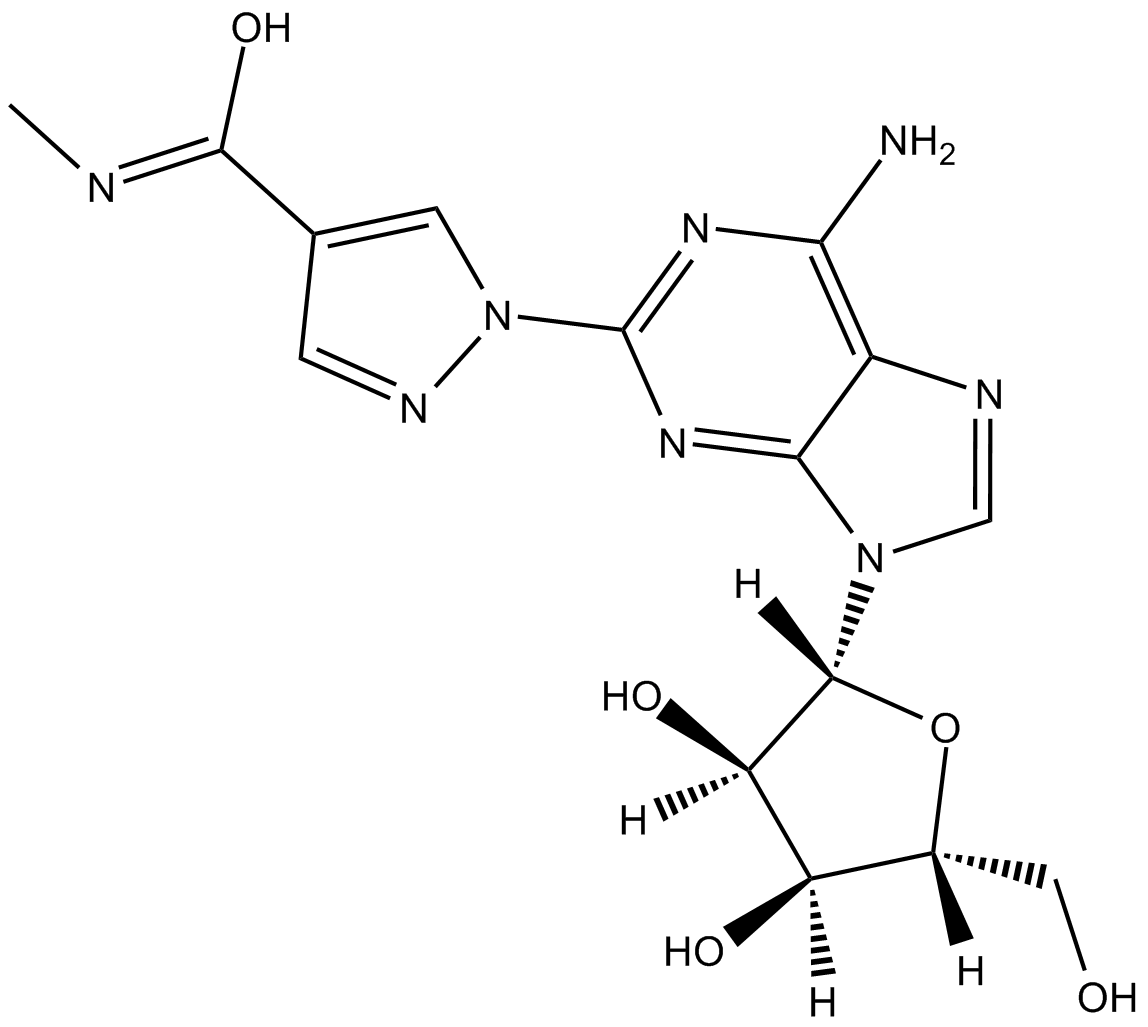 B5904 Regadenoson1 CitationTarget: Adenosine A2A ReceptorsSummary: Highly selective and low affinity A2A adenosine agonist
B5904 Regadenoson1 CitationTarget: Adenosine A2A ReceptorsSummary: Highly selective and low affinity A2A adenosine agonist -
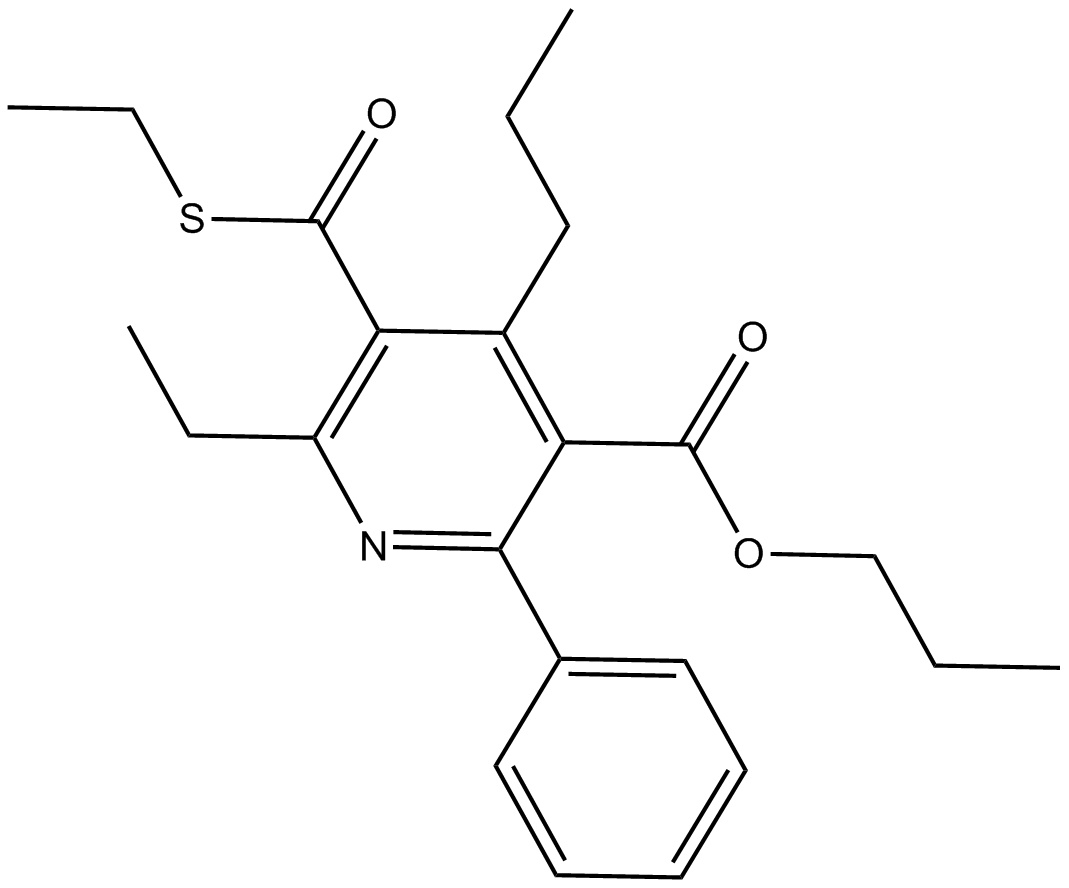 C3068 MRS1523Summary: adenosine A3 receptor antagonist
C3068 MRS1523Summary: adenosine A3 receptor antagonist -
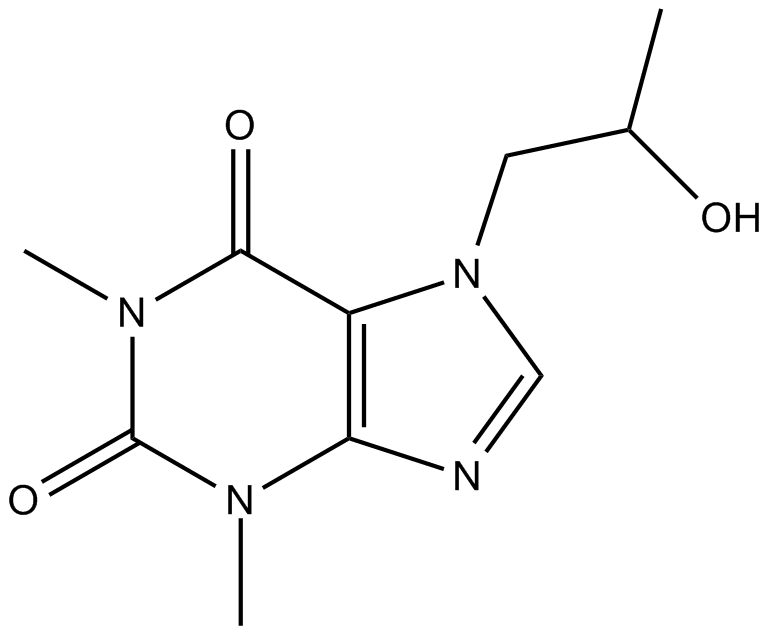 C3278 ProxyphyllineSummary: A1 adenosine receptor antagonist
C3278 ProxyphyllineSummary: A1 adenosine receptor antagonist -
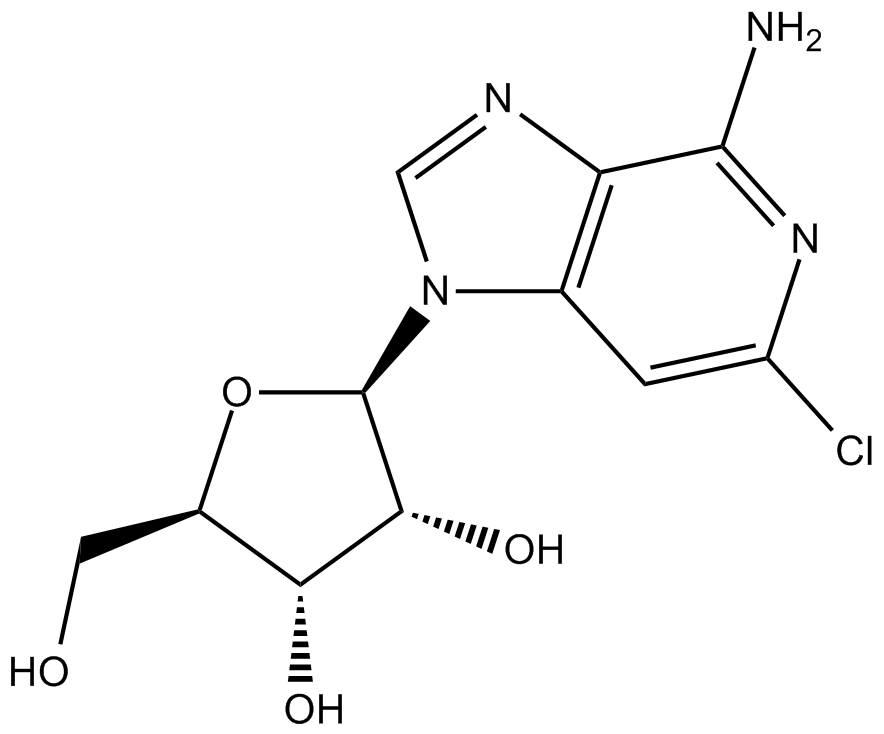 C3864 2-chloro-3-DeazaadenosineSummary: adenosine receptors agonist
C3864 2-chloro-3-DeazaadenosineSummary: adenosine receptors agonist -
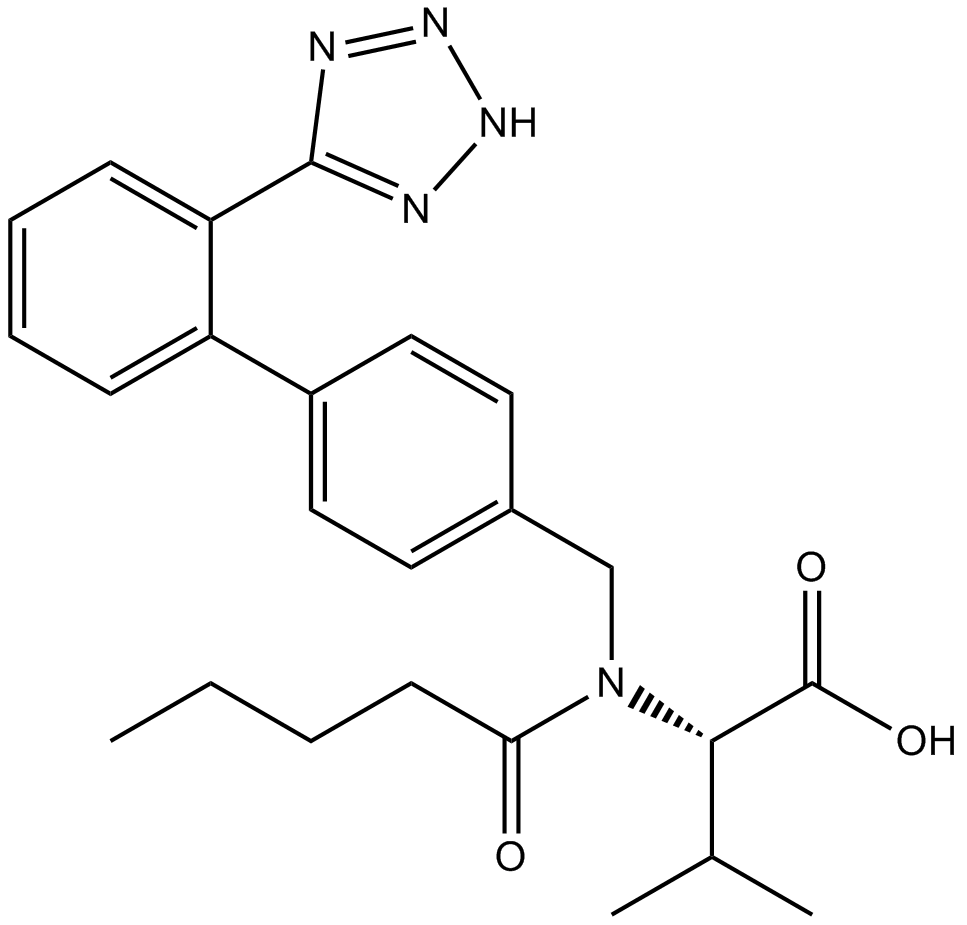 B2214 ValsartanTarget: Angiotensin AT1 ReceptorsSummary: Angiotensin II AT1 receptor antagonist
B2214 ValsartanTarget: Angiotensin AT1 ReceptorsSummary: Angiotensin II AT1 receptor antagonist -
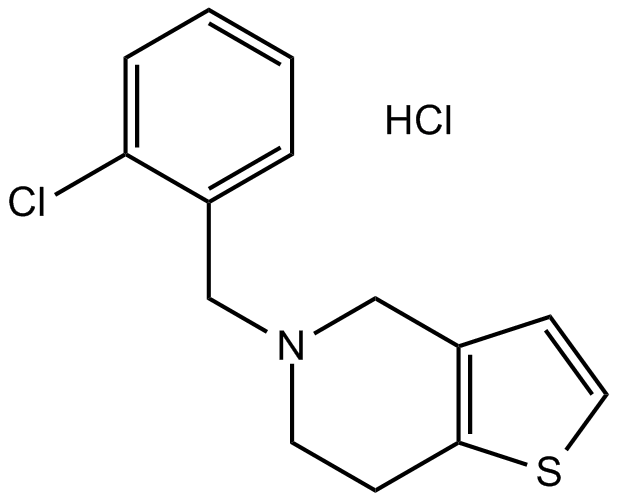 B2164 Ticlopidine HClSummary: Purinergic (P2Y) receptor antagonist
B2164 Ticlopidine HClSummary: Purinergic (P2Y) receptor antagonist -
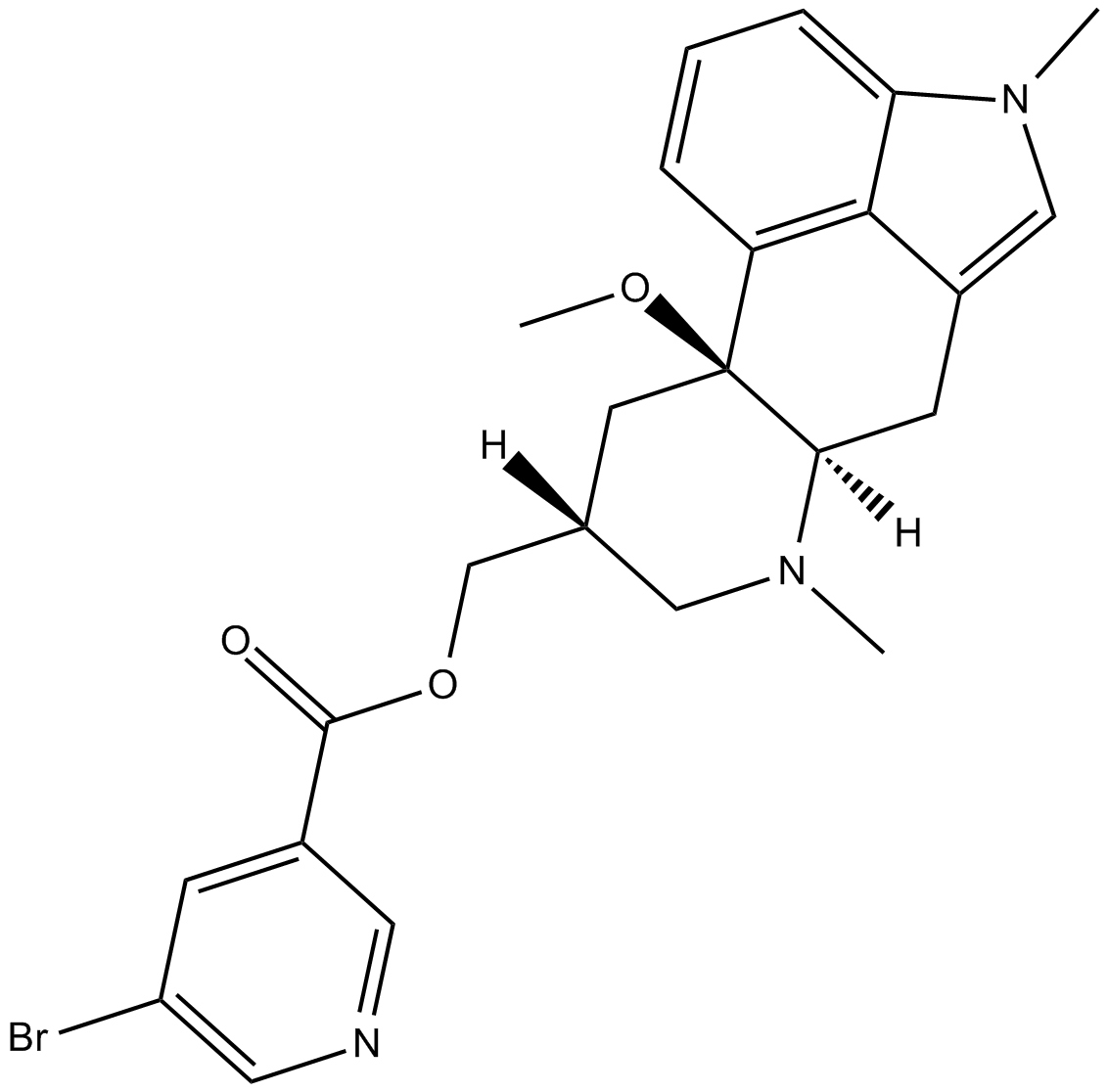 B3440 NicergolineSummary: vasodilator
B3440 NicergolineSummary: vasodilator -
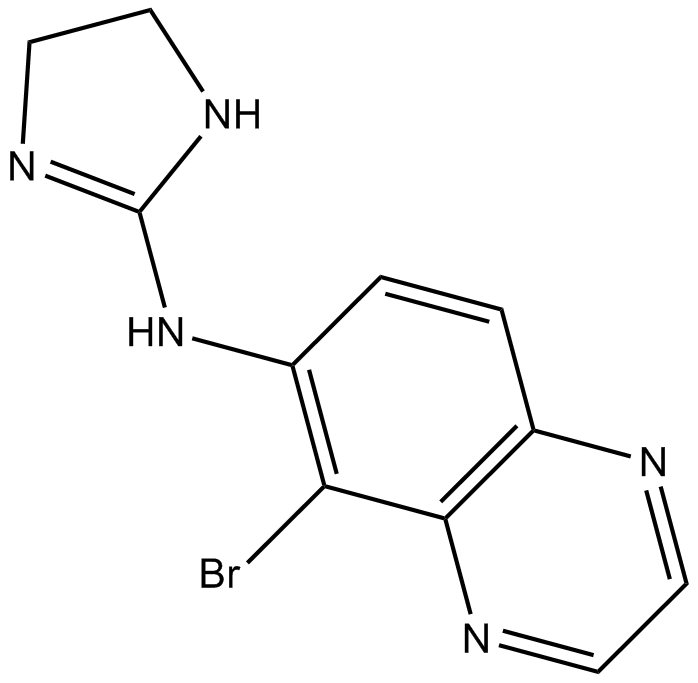 B3465 UK 14,304Summary: full α2-adrenergic receptor (α2-AR) agonist
B3465 UK 14,304Summary: full α2-adrenergic receptor (α2-AR) agonist -
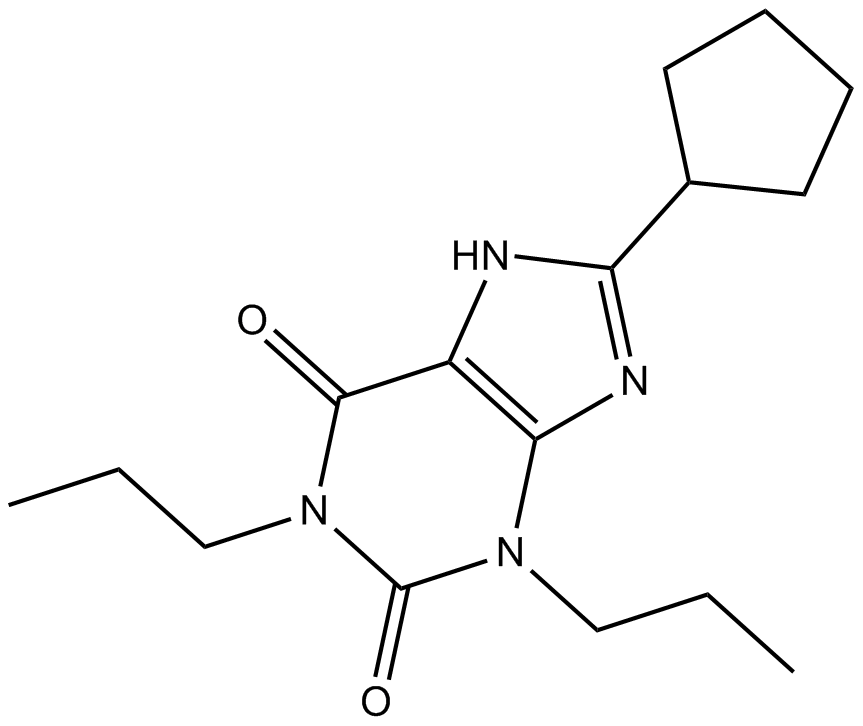 B6305 DPCPXSummary: A1 adenosine receptor antagonist
B6305 DPCPXSummary: A1 adenosine receptor antagonist -
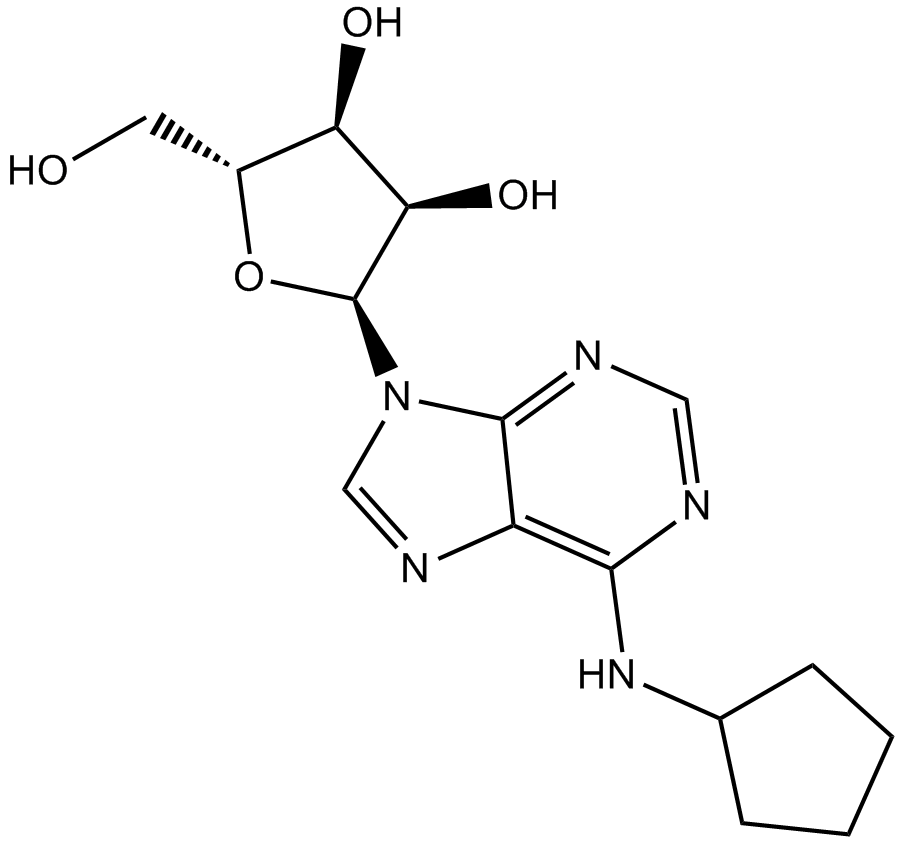 B6838 N6-CyclopentyladenosineSummary: adenosine A1 receptor agonist
B6838 N6-CyclopentyladenosineSummary: adenosine A1 receptor agonist

